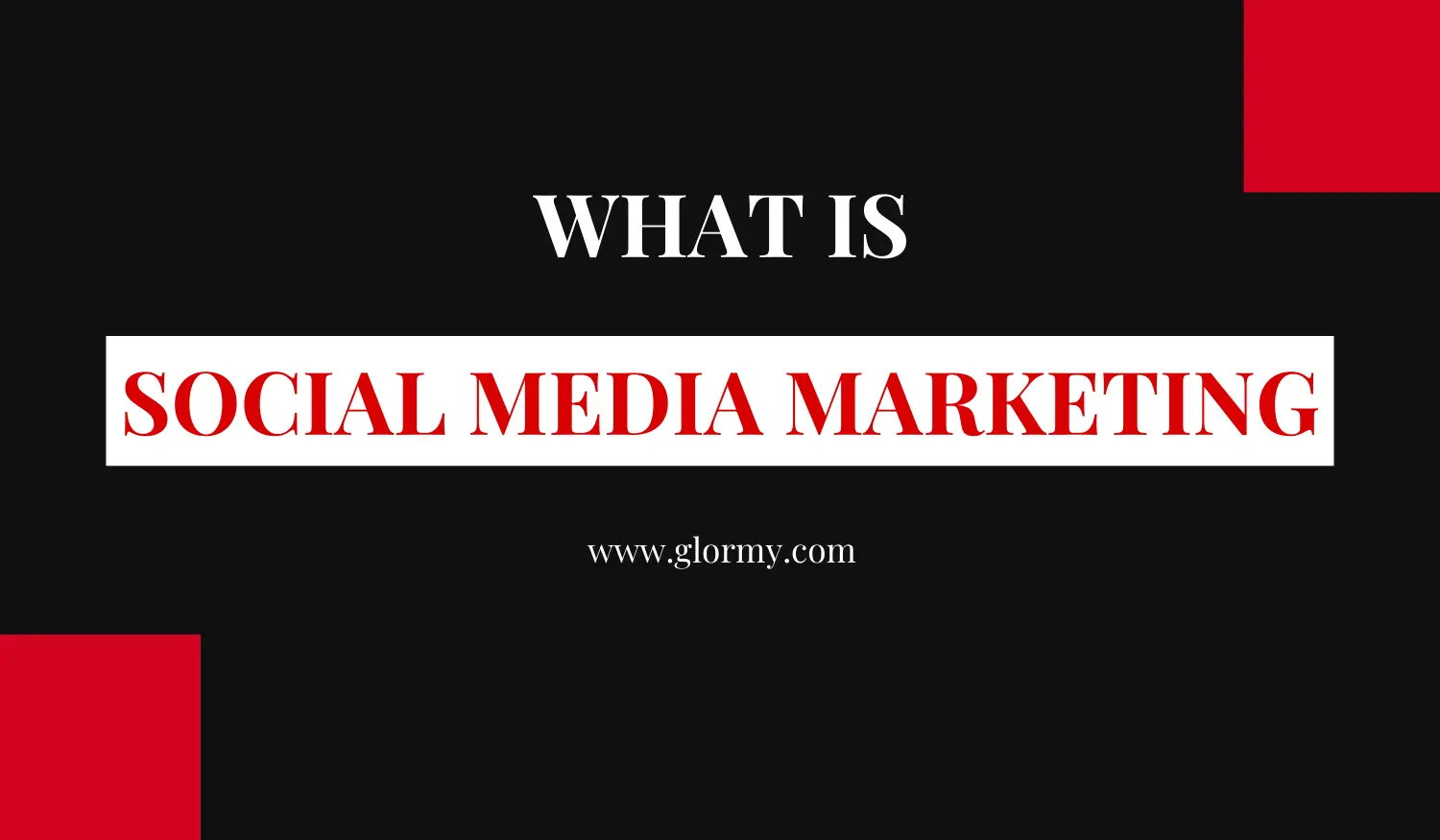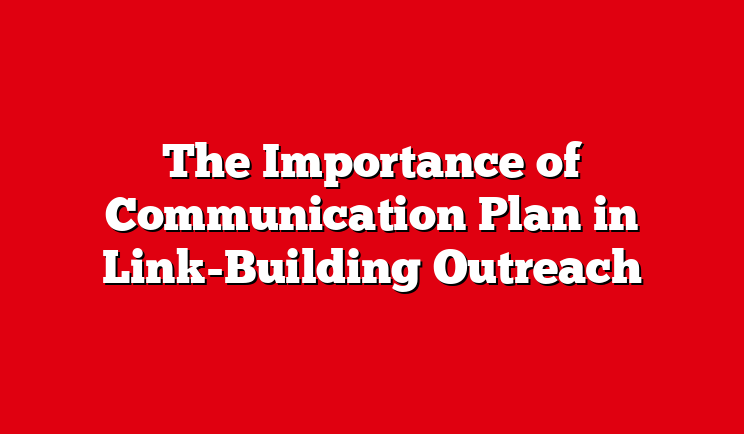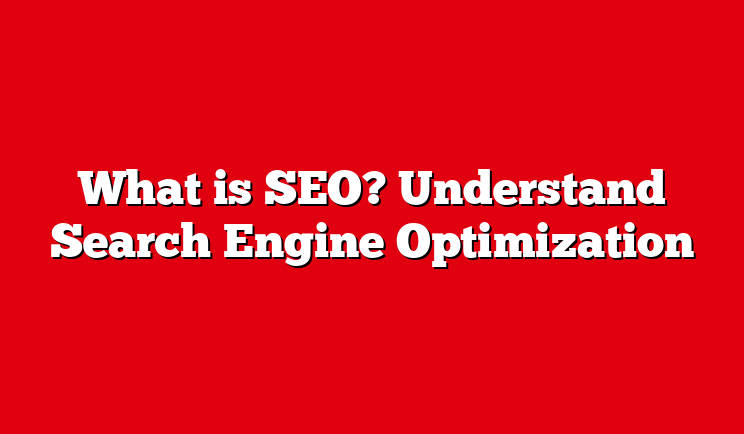Understanding Social Media Marketing: Strategies and Impact
Social Media Marketing (SMM) is a strategic way of marketing through social media sites that include a product, service, or brand. The basic objective is to reach a large audience, build brand equity, and increase sales, often driving traffic to the website. Digital marketing encompasses numerous activities carried out online, including selling goods and services. Social media marketing specifically uses social media platforms to promote these goods and services and achieve business objectives. In this post, you will be able to get basic information about social media marketing, its advantages, and the most popular strategies of use by modern marketers aimed at catching their target audience. We will review current trends that are going to shape the future of SMM in order to give you all the insight to become a master of this essential tool of digital marketing.
Understanding Social Media Platforms
The social media sites are very different in design, user base, and function, so each would be most suitable in its own way for the use of a different marketing approach. And yet, Facebook still reigns king and is placed as one of the highly valued because of having one of the widest demographic reaches and can drill down deep on targeting. It allows many insights into customers and the delivery of content pertaining to them. On the other hand, due to its known visual appeal, Instagram is best suited for brands dealing in lifestyle, food, fashion, personalities, and luxury products. Twitter is best suited for brands with much importance to immediacy—be it media companies or public figures, as they engage in ever-running conversations. LinkedIn offers real-time leading business-to-business platforms, ideal for the search of professional contacts and matters relating to professional networking and industry content.
A key secret to effective social media marketing is understanding where your target audience spends most of their time and how they use these platforms.. For example, the younger audience may tend to use Instagram and TikTok, while the older populace may tend to be on Facebook. In essence, effective engagement of your right audience on the right platform will only mean creating content that is really custom-tailored to what they would like to see and experience around their areas of interests and unique characteristics of each platform, respectively, aligning marketing efforts with users’ expectation and behaviors on the platform.
Key Strategies in Social Media Marketing
Content Creation:
At its core, social media marketing revolves around creating content that engages and retains an audience. Engaging content is relevant to attracting and keeping an audience, converting casual viewers into loyal followers and customers. This may include quality posts, informative videos, and appealing graphics that might work well with your targeted audience. Content should be well-prepared for each platform in order to function at full power, naturally benefiting from the peculiarities of each service.
Advertising:
However, if one has to advertise, then advertising through social media is one such powerful activity that will make you reach by targeting each user segment specifically. Facebook and Instagram offer advanced targeting options based on demographics, interests, and behavior. To create effective ads, focus on clear, actionable messaging and visually appealing designs that are optimized for mobile viewing. Testing different ad formats and using A/B testing can help refine strategies and improve ROI.
Engagement:
Engagement is more than just pushing content; it is, in fact, interaction. Responding to comments, starting polls, and sharing user-generated content may be some useful practices for better interaction. These not only enhance visibility because of the algorithms but also help build up community and even loyalty, as users feel valued and listened to.
Influencer Marketing:
Partnering with influencers amplifies your message and makes its delivery far more believable. An influencer usually brings trust from their target audience and acts as a powerful megaphone for your message. You do have to pick the right influencer, though, one whose brand aligns well with yours. Collaborations should feel authentic and provide mutual value to both the influencer and your brand.
Benefits of Social Media Marketing
Increased Brand Awareness:
This becomes a very great platform for brand exposure to a very large and diversified audience. Regular posting and engaging will keep the brand alive within the user feeds, thus increasing the chances of new customer purchases or additions to the brand top-of-mind.
Lead Generation and Sales:
Social media enables a business to make direct or indirect conversions of their followers to being their clients. This may be through lead generation marketing and targeted marketing, where promotional content is made and shared with seamless purchase choices such as “shop now” buttons that lead to an e-commerce platform. Additionally, AI lead generation can help businesses identify and engage potential customers more effectively, while sales lead generation focuses on converting these business prospects into actual sales.
Customer Service and Feedback:
Social media has transformed customer service, presenting platforms through which consumers can communicate directly with brands in real time. Quick interaction makes it possible for issues to be aired in an open forum faster and for problems to be solved faster, along with ways to showcase publicly improved reputation for customer care and loyalty.
Measuring Success in Social Media Marketing
There are certain analytics and metrics that marketers use for the result of a social media marketing campaign. Engagement rates, which include likes, comments, shares, and other interactions, measure how actively audiences engage with content. The basic notions of understanding the direct impact scope of the specific content or an ad, click-through rates (CTR), are a measure for an ad or post in how effective they are to induce users towards a website. The conversion rates show in good detail how many of these clicks eventually turn into something actionable, such as purchases or subscriptions. They are measured with the aid of various tools and technologies. Whereas Hootsuite and Buffer are great in post-scheduling and engagement analytics, Google Analytics dives deeper into how social media traffic affects the business goals of a site and the activity of the site in general. Such a tool will provide a more unified view of how each marketing campaign is performing across user behavior, providing an opportunity to optimize.
Challenges and Considerations
It’s always a moving space within social media marketing, representing quite a challenge: keeping abreast of the latest platform features, trends, and policies. Brands will always find themselves updating strategies with whatever new feature pops up and based on what might change with the user preferences. In addition, the negative comments are dealt with professionally, even on social media. Respond promptly to any complaints or criticism, handling this constructively and turning potential negatives into an opportunity for a public demonstration of good customer service and the commitment to improvement.
Conclusion
Social media marketing represents an integral part of modern digital marketing, as it offers great space for interaction with the brand, customers, and targeted promotion possibilities. It assists businesses of any size in enhancing their visibility to thus turn the interest of the audience into actual results. Surely, the future of social media marketing is going to be more refined, with the inclusion of AI and machine learning that will bring new advancements and tools in personalization and automation, which are likely to further redefine the existing scenario of how brands communicate with their customers worldwide.










